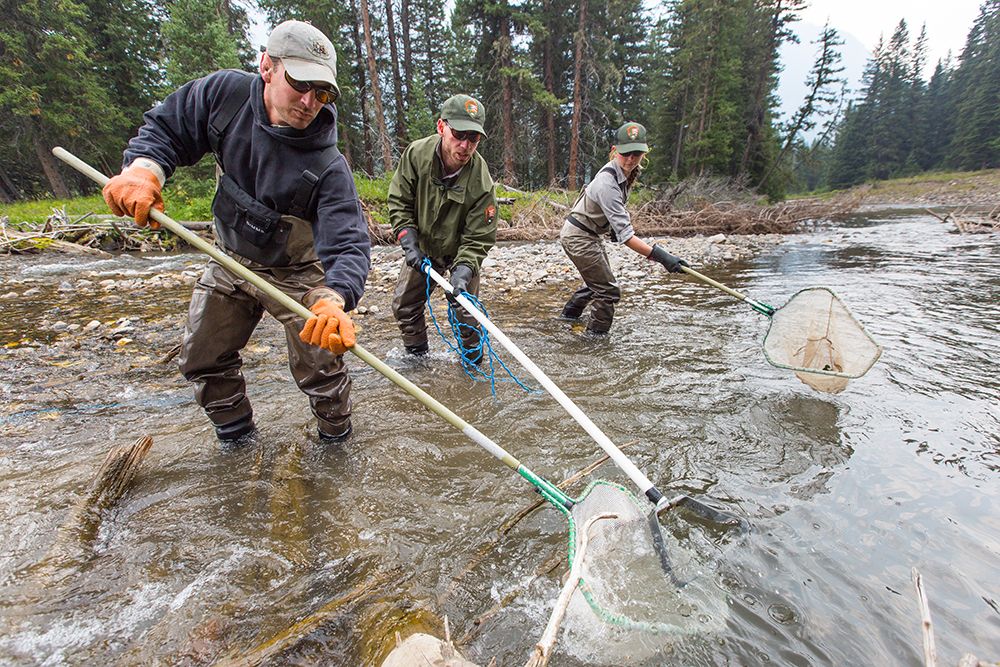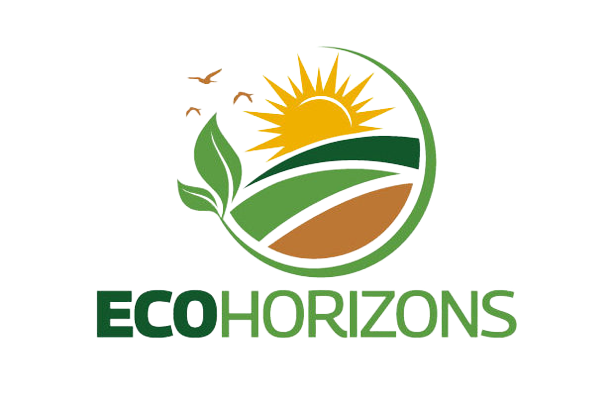On the morning of June 13, 2022, a once-every-500-year flooding event devastated Yellowstone National Park in a way that had never been witnessed before. This event was caused by an unfortunate combination of weather factors. An atmospheric river dumped several inches of rain for days across northwest Wyoming and southeast Montana, which coincided with a warm spell that triggered significant snowmelt from Yellowstone’s already well-above-average snowpack for that time of year. A total of 5-10 inches of rain and snowmelt deluged rivers and streams in the northern part of the park, causing the Yellowstone River to rise to an astonishing height of 13.88 feet, a record that has never been broken before. Not only did the floods lead to significant soil erosion, eroding away land and uprooting pine trees along the waters, but they also washed away roads to the point where entire sections had crumbled into nonexistence. Further upstream in Gardiner and Cooke City, the floods swept away multiple houses, contaminated drinking water, and shut down several businesses in the downtown districts. When the news came out, it was expected that the park would take months, if not years, to recover. The North and Northeast entrances were closed for the rest of the summer, and tourists were banned from that area until fall.
When I came to visit Yellowstone one year later (as part of the Youth Conservation Corps), I was delighted to see significant improvements made to the park. A temporary new road was built from the Northeast entrance to Mammoth Hot Springs, and while evidence of soil erosion and fallen trees was left behind along many river banks, the waters were clearer for the most part. However, the legacy of the floods was still ingrained in the memories of the park rangers. I remember talking to Bonnie, who supervised our visitor use monitoring, and how she remembers heavy downpours lasting for days on end—something she had never witnessed before. What was even more surprising were the ecological problems that re-emerged after the floods. Just like how the wildfires of 1988 introduced invasive Lake Trout into Yellowstone Lake, the floods caused brook Trout, another invasive species, to reappear in Soda Butte Creek. The NPS had been chemically and mechanically treating the creek for years to remove brook Trout, only to have their work undone by a force outside their control. These invasive trout are the reason why Yellowstone’s native fish, the cutthroat trout, has become endangered in recent years.

Overall, the effects of the floods are a testament to how fragile the park’s ecosystem is. With anthropogenic climate change increasing the risk of natural disasters and habitat degradation escalating ecological challenges, the future of Yellowstone remains uncertain. Therefore, it is more important than ever to raise awareness and contribute to the collective conservation effort that the National Park Service has pioneered.
Sources:
https://www.nps.gov/yell/planyourvisit/flood-recovery.htm
https://www.nps.gov/media/video/view.htm%3Fid%3D62FEFC5A-F12D-44BA-AC26-AE6ACDA14AA0

